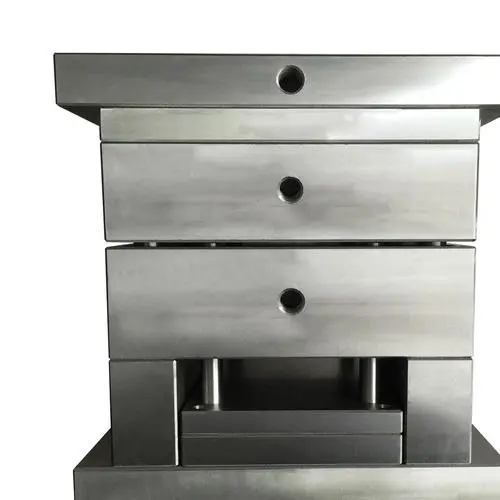When it comes to manufacturing, particularly in industries such as automotive, electronics, and consumer goods, the choice of mold steel is paramount. In South Korea, where advanced manufacturing technologies are pivotal, understanding the various types of mold steels available and their specific properties is essential for achieving optimal results. This guide aims to provide a comprehensive overview of mold steel, its types, applications, and considerations for manufacturers in South Korea.
Understanding Mold Steel
Mold steel, also known as tool steel, is a type of carbon alloy steel that is designed for making molds, dies, and tools used in manufacturing processes. It is characterized by its hardness, resistance to abrasion, and ability to withstand high pressures and temperatures. The selection of the appropriate mold steel can significantly impact the quality of the end product, production efficiency, and tool longevity.
Types of Mold Steels
There are several different types of mold steels available, each with unique properties and applications. The following are the most common types used in South Korea:
- Cold Work Tool Steel: Typically used for molds that operate at lower temperatures. These steels are known for their high hardness and wear resistance. Common grades include D2 and O1.
- Hot Work Tool Steel: Designed to withstand high temperatures and thermal fatigue, hot work tool steels like H13 are used in processes involving high-temperature operations, such as die-casting and forging.
- Plastic Mold Steel: Specifically formulated for plastic mold applications, this type of steel often has higher toughness and corrosion resistance. Leading grades include P20 and P20+Ni.
- Surface Treatment Steels: These steels can undergo various surface treatments to enhance their properties, making them suited for specific applications that require exceptional hardness or corrosion resistance.
Key Factors to Consider When Choosing Mold Steel
Selecting the right mold steel for your manufacturing needs is a critical decision that requires careful consideration of several factors:
- Application Requirements: Consider the type of products you will be manufacturing. Different applications demand different characteristics from mold steel.
- Production Volume: For high-volume production, durability and wear resistance become paramount. Choosing a steel with superior properties can reduce downtime and improve efficiency.
- Cost: While it's tempting to choose the cheapest option, the long-term costs associated with tool longevity and performance should be taken into account.
- Availability and Supply Chain: Ensure that the chosen mold steel is readily available in South Korea to prevent delays in production.
Popular Mold Steel Grades in South Korea
In South Korea, specific grades of mold steel have gained popularity due to their performance characteristics and availability:
- D2: A cold work steel known for its high wear resistance and ability to hold a sharp edge, making it popular for stamping and cutting applications.
- H13: Recognized for its excellent hot hardness, H13 is favored in hot work applications, particularly in industries like automotive where durability is essential.
- P20: This plastic mold steel is appreciated for its toughness and ease of machining, ideal for producing injection molds.
- SKD61: A Japanese standard for hot work steel, SKD61 is highly regarded in the Korean market for mold making due to its strength and thermal fatigue resistance.
FAQs about Mold Steel in South Korea
What factors affect the choice of mold steel?
The choice depends on factors such as the type of application, production volume, cost considerations, and the required mechanical properties like hardness and toughness.
How do I know which mold steel is right for my needs?
Conducting a thorough analysis of your production requirements, consulting with experts, and understanding the specifics of different mold steels can guide you in making the right choice.
Are there any certifications for mold steel in South Korea?
Yes, many suppliers offer mold steels that comply with international standards such as ISO and Korean Industrial Standards (KIS), ensuring quality and reliability.
What is the average lead time for obtaining mold steel in South Korea?
Lead times can vary significantly based on the supplier and availability. Generally, you can expect a lead time of 2-4 weeks for common grades.
Can I modify mold steel properties?
Yes, properties of mold steels can be altered through various surface treatments like nitriding, hardening, and tempering, depending on the desired outcome.
Conclusion
Selecting the right mold steel for your manufacturing needs in South Korea is crucial for ensuring the quality of your end products and the efficiency of your production processes. By understanding the different types of mold steels, considering key selection factors, and consulting with industry experts, you can make informed decisions that will enhance your manufacturing capabilities. As the South Korean manufacturing industry continues to innovate, investing in the right mold steel is not just a benefit but a requirement for staying competitive.

